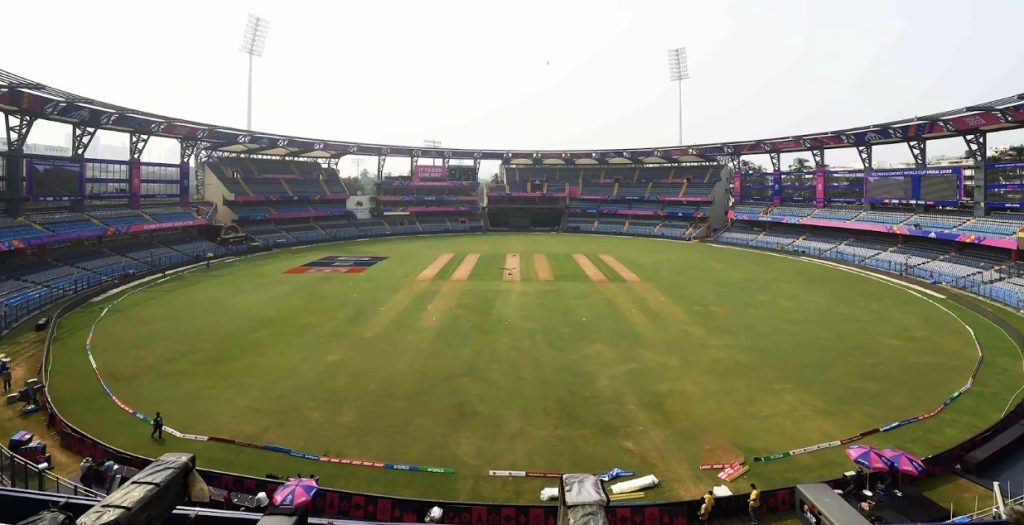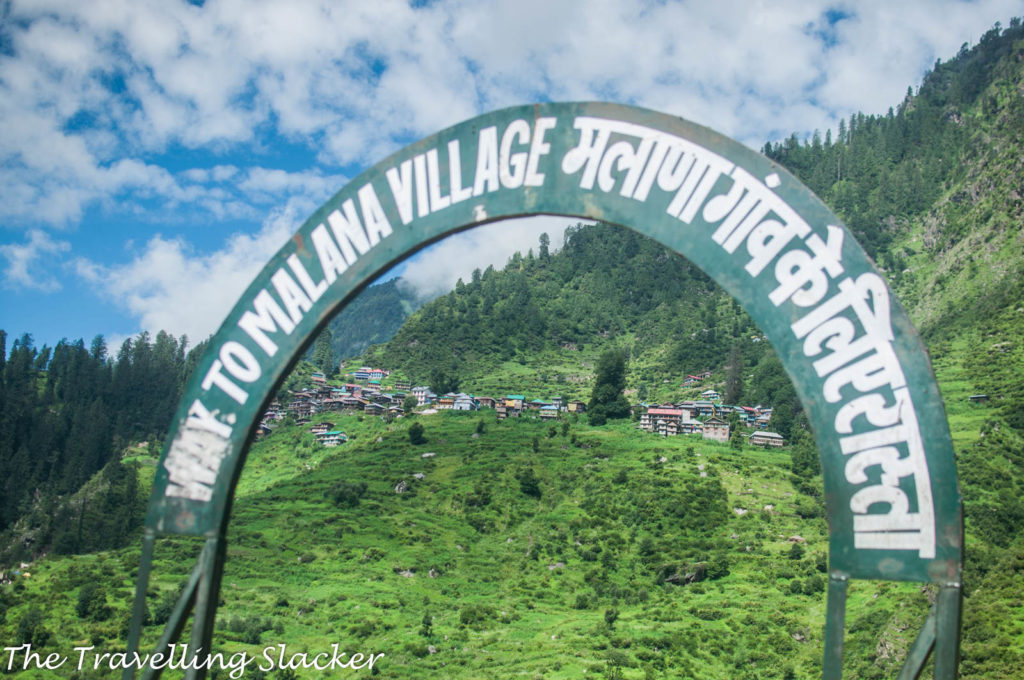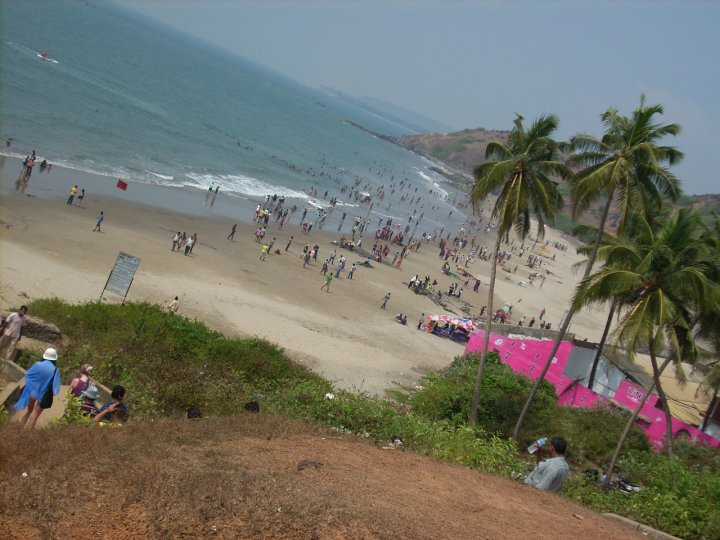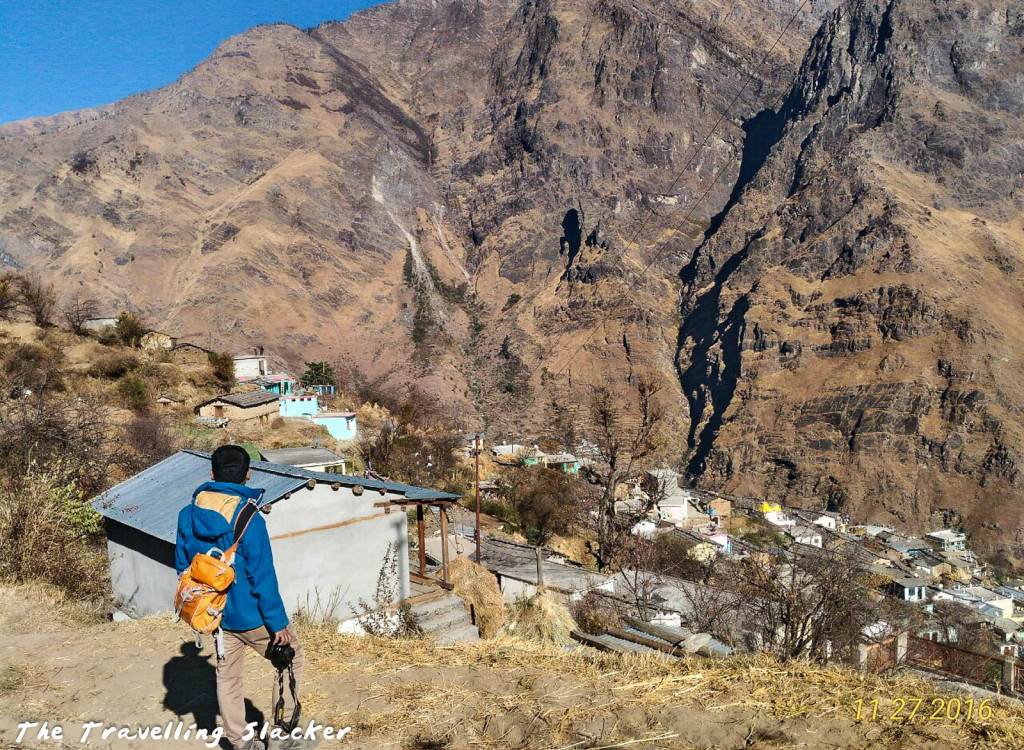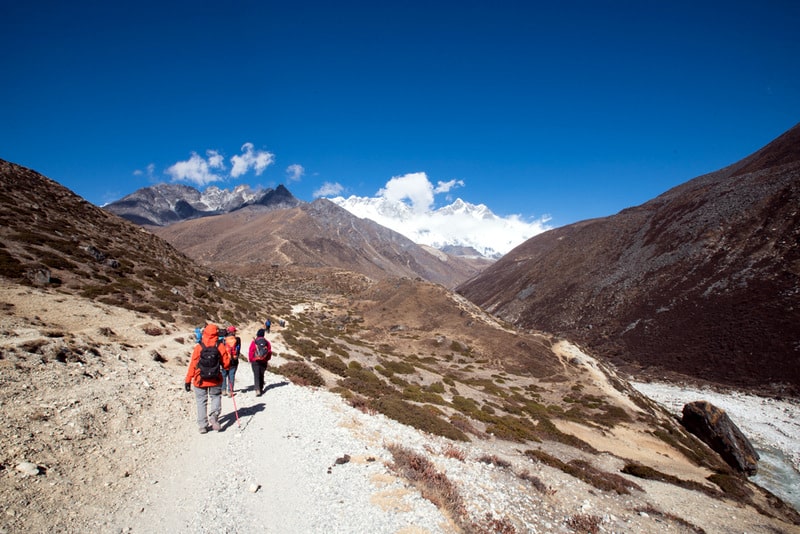Cricket in South Asia is more than a sport — it’s a shared cultural experience that connects nations, cities, and communities. From the bustling stadiums of India to the coastal grounds of Sri Lanka and the lively arenas of Bangladesh, cricket represents both passion and heritage. For travelers, following the pitch across the subcontinent offers a way to understand local traditions, national pride, and the everyday rhythm of life that revolves around this game.
As the sport continues to evolve, it has also intertwined with digital life, reflecting the modernization of fan engagement and media. Travelers who wish to follow matches or learn more about game culture may come across tools like cricket betting app download, which provide insights, data, and global updates about matches and statistics.
India: The Heartbeat of South Asian Cricket
India holds a unique position in global cricket culture, with its stadiums serving as landmarks of both sporting and social history. The Eden Gardens in Kolkata, established in 1864, is one of the oldest cricket grounds in the world and continues to host matches that attract tens of thousands of spectators. Similarly, the Wankhede Stadium in Mumbai, with its sea-view setting and modern design, embodies India’s dynamic cricket evolution.
Cricket in India is deeply interwoven with local identity. Matches often coincide with festivals, while small towns and rural areas regularly host informal tournaments that bring entire communities together. Travelers who attend games in India witness not just a sport but a cultural spectacle that mirrors the diversity and unity of the nation.
| Famous Stadiums in India | City | Established | Notable For |
| Eden Gardens | Kolkata | 1864 | One of the oldest and largest cricket grounds in the world |
| Wankhede Stadium | Mumbai | 1974 | Iconic World Cup matches and coastal setting |
| M. A. Chidambaram Stadium | Chennai | 1916 | Strong local cricket traditions |
| Narendra Modi Stadium | Ahmedabad | 2020 | World’s largest cricket stadium by capacity |
Bangladesh: A Nation of Emerging Cricket Passion
Over the past two decades, Bangladesh has transformed from an underdog into a significant force in international cricket. The Sher-e-Bangla National Stadium in Dhaka has become a symbol of national pride, frequently hosting international test matches and major tournaments. For travelers, attending a match in Bangladesh offers a glimpse into the country’s youthful enthusiasm and growing influence in the sport.
Outside of major cities, cricket is a common sight in open fields, alleys, and schoolyards. The accessibility of the game reflects its democratic spirit — one that resonates strongly with the country’s cultural emphasis on unity and perseverance.
Cricket tourism in Bangladesh also intersects with the nation’s natural beauty. Visitors can combine sporting events with trips to destinations like the Sundarbans, Cox’s Bazar, and Sylhet, offering a multifaceted travel experience that blends sport, nature, and culture.
| Notable Cricket Venues in Bangladesh | City | Unique Feature |
| Sher-e-Bangla National Stadium | Dhaka | Heart of Bangladeshi cricket |
| Zahur Ahmed Chowdhury Stadium | Chattogram | Coastal location and vibrant crowds |
| Sylhet International Stadium | Sylhet | Surrounded by tea gardens |
Sri Lanka: Coastal Charm and Cricket Heritage
Sri Lanka’s relationship with cricket combines historical significance with scenic allure. The Galle International Stadium, framed by the Indian Ocean and the iconic Galle Fort, is one of the most picturesque cricket venues in the world. It has become a favorite destination for travelers who wish to combine sport with sightseeing.
The R. Premadasa Stadium in Colombo, on the other hand, represents the country’s modern cricketing infrastructure, regularly hosting international series and major tournaments. Beyond the stadiums, local communities embrace cricket as part of daily life — from makeshift street games in the capital to small clubs across the island.
The cultural experience of cricket in Sri Lanka often intertwines with the nation’s hospitality. Fans and travelers frequently share in celebrations that extend from the pitch to nearby cafes, beaches, and markets, reflecting the social dimension of the sport.
Pakistan: History, Revival, and Regional Spirit
Pakistan’s cricket history is one of resilience and revival. With iconic venues like the Gaddafi Stadium in Lahore and the National Stadium in Karachi, the country continues to rebuild its international cricket reputation. For travelers, this revival represents both a sporting and cultural rediscovery.
The passionate fanbase in Pakistan adds a unique energy to every match. Beyond the official tournaments, local clubs and youth leagues are integral to the nation’s sporting identity. For visitors interested in the historical side of cricket, Lahore’s cricket museum and archives provide valuable context on how the sport has evolved within the region.
Cricket in Pakistan also intersects with art, literature, and national identity, offering travelers a multi-layered understanding of how sports can shape public life.
Nepal and Afghanistan: Rising Destinations in South Asian Cricket
While India, Bangladesh, and Sri Lanka dominate much of the region’s cricket narrative, countries like Nepal and Afghanistan have emerged as inspiring stories in their own right.
Nepal’s Tribhuvan University International Cricket Ground in Kirtipur has hosted numerous regional tournaments and has become a symbol of the country’s growing interest in international competition. Cricket’s expansion here parallels Nepal’s rise as a travel destination for adventure seekers, offering a unique mix of sport and exploration.
Afghanistan, too, has rapidly built its cricket identity. Despite its challenges, the nation’s rise in international rankings showcases how the sport transcends borders and circumstances. Matches in Kabul and Jalalabad often serve as community celebrations, reinforcing cricket’s power to unify and inspire.
The Role of Culture in South Asian Cricket Travel
Traveling across South Asia to experience cricket also means engaging with a diverse range of traditions. Each country expresses its passion differently — through music, food, and local celebrations that accompany matches.
In India, fans often gather in large outdoor screenings; in Bangladesh, whole neighborhoods participate in pre- and post-match festivities; in Sri Lanka, the relaxed island atmosphere adds a touch of leisure to the intensity of the games.
For travelers, these cultural layers make cricket more than a sport — it becomes an entry point into understanding the region’s identity, values, and communal bonds.
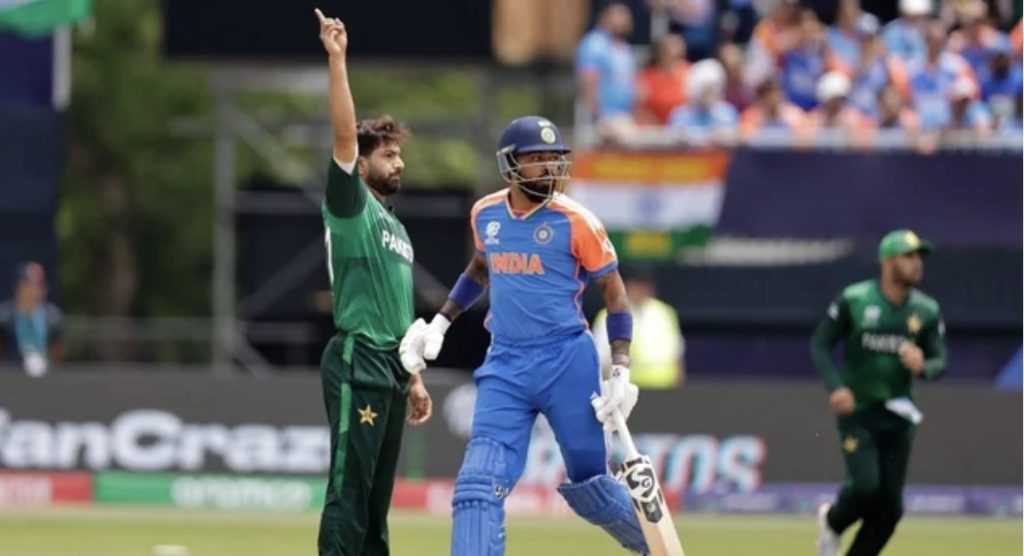
Logistics: Planning a Cricket-Themed Journey
Traveling to major cricket destinations in South Asia requires planning around schedules, weather conditions, and tournament calendars. The best periods for cricket-related travel typically coincide with dry seasons — from October to March in most parts of the subcontinent.
| Country | Best Time to Visit for Cricket | Peak Events |
| India | October – March | Domestic leagues, international series |
| Bangladesh | November – February | International tours, local tournaments |
| Sri Lanka | December – April | Coastal matches, regional events |
| Pakistan | October – February | Bilateral series, national championships |
Travelers are also encouraged to check visa requirements and book accommodations near stadiums or cultural centers to maximize convenience and engagement.
Conclusion: Following the Pitch Across Borders
For travelers, following cricket through South Asia is both a cultural exploration and a journey through shared regional identity. Each stadium, match, and fan gathering offers insights into local life and the enduring importance of community.
Cricket here transcends sport — it becomes a thread connecting nations, generations, and experiences. Whether witnessing a test match in Chennai, a coastal game in Galle, or a high-energy fixture in Dhaka, visitors encounter a region where the pitch serves as both a field of competition and a symbol of unity.

